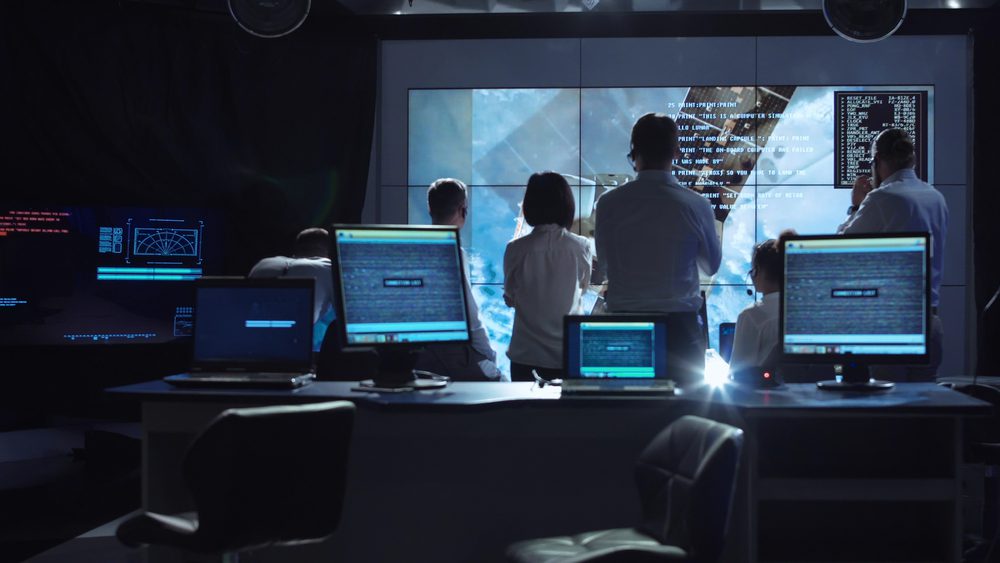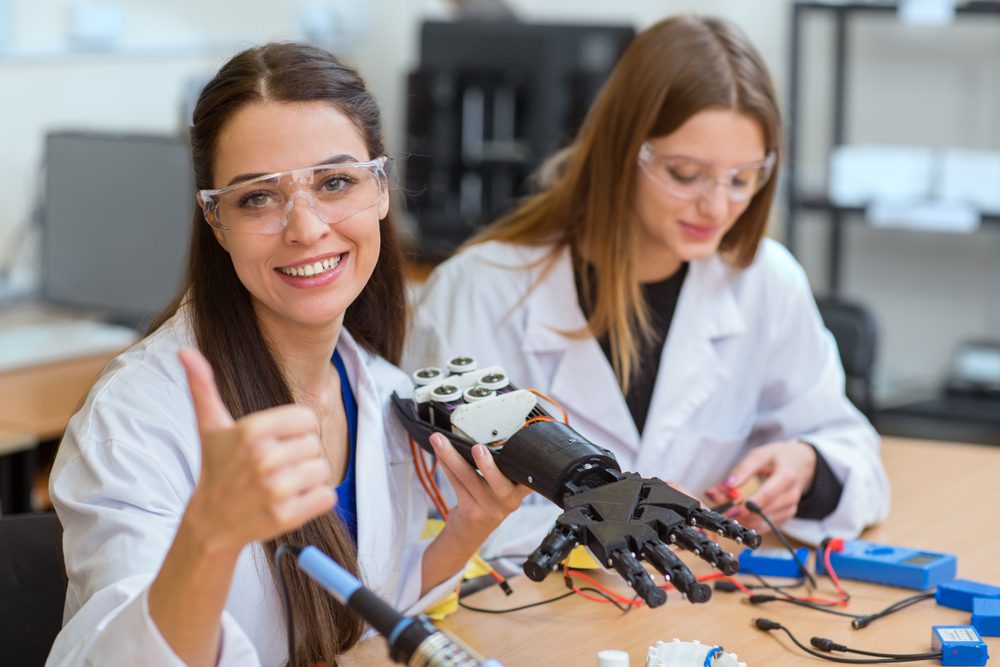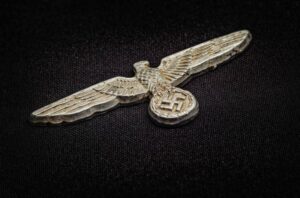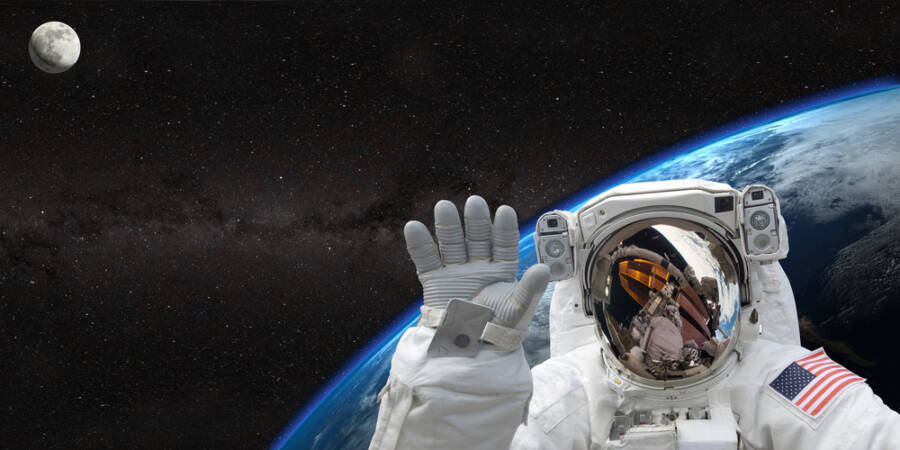Innovations by NASA that impact our daily lives
Many things that we now consider trivial because we have been living with them for a long time were actually invented by none other than NASA.
When we hear news on television, radio, or the internet about new awesome discoveries or technologies, we often expect them to come from NASA. However, many ordinary things that may seem basic actually originated from the brilliant minds there.
Today, we will present 10 of these random inventions by NASA. Keep reading and feel free to write in the comments whether you knew about these things and what your opinion is.

1. Cordless vacuums
Yes, that long and handy cordless vacuum that is extremely useful when you don’t want to bend over to clean is actually an invention by NASA.
During the Apollo program, there was a need to invent a machine that could drill holes and be portable. This invention was intended for extracting core samples directly from the Moon.
This technology resulted in the creation of cordless vacuums as well as other household appliances for the homes of ordinary people.
2. Cell phone camera
Today, we can take selfies with our mobile phones thanks to NASA’s Jet Propulsion Laboratory!
Our mobile phones are able to capture and produce clearer photographs due to a complementary metal oxide semiconductor (CMOS) image sensor.
What makes this invention even more interesting is the fact that the concept of a mobile phone with an attached camera dates back to the 1960s. However, it wasn’t until the 21st century that this became a reality.
3. Infrared ear thermometer
For those who didn’t know, NASA also has a Technology Affiliates Program. Through this initiative, they aim to facilitate the transfer of technology and knowledge to organizations and the private sector.
Partnerships are established with companies, universities, or independent research organizations, promoting their activities.
That being said, the infrared ear thermometer came to life. Diatek Corporation, together with NASA, developed this technology that measures the amount of energy emitted by the eardrum using infrared radiation.
In addition to its precision, this thermometer manages to avoid contact with mucous membranes, thus eliminating the possibility of cross-infection.

4. Temper foam
This revolutionary invention was developed at NASA’s Ames Research Center in the 1960s. Initially, it was intended for the safety and comfort of airplane seats in the event of an impact.
Memory foam has unique properties, which is why it continues to be used today in various fields. When exposed to sunlight, it softens and molds to the shape of the body.
Another very useful property is its ability to absorb shocks, making it suitable for safety equipment such as protective helmets.
This material has been and will continue to be a groundbreaking invention in terms of safety and comfort for those who use it.
5. Emergency blanket
Another invention from the 1960s, once again created within NASA’s Apollo project, is the emergency blanket. They were intended to help astronauts protect themselves from extreme heat changes.
They are made of a thin and lightweight material, usually metallic polyester. One of their most important properties is that they are reflective. This means they can reflect back the heat emitted by the human body and maintain a moderate temperature for the person wearing them.
As the name suggests, these blankets are used in emergency situations such as mountain expeditions, accidents, or extreme temperature conditions.
6. Grooved pavement
This very useful invention for roads is also another invention by NASA. This grooved pavement primarily helps improve traction.
As I mentioned, its main usage is in the field of road infrastructure, but it also enables rapid water drainage and reduces the risk of hydroplaning in relevant conditions.
Another use of grooved pavement is its high durability. The grooves are typically made on concrete or asphalt, and these materials are dry and safe for vehicles.
7. Air quality monitoring systems
Although we practically don’t use this technology ourselves, it is created for us. Air quality monitoring systems have been developed to assess the air quality in a specific location.
These systems consist of sensor networks and data collection equipment. They measure fine particles such as nitrogen dioxide, ozone, carbon monoxide, hydrogen sulfide, and many others. These sensors capture real-time data and transmit it to a central unit for analysis.
When NASA invented this system, they thought about warning people about polluted areas. Another beneficial aspect of using this technology is that it also monitors the efforts made to reduce pollution.

8. The GPS
The navigation system, or Global Positioning System (GPS), is another revolutionary technology by NASA. Today, we all use it whether we are traveling around the city or going on long trips.
GPS operates through a network of satellites in orbit. They transmit information to your receiver about your exact position and time.
With the help of this invention, it’s quite difficult to get lost these days. You no longer need to stop and ask locals for directions, although I must admit I miss those times.
In addition to our spatial orientation, another important aspect is that it aids those in the aviation and navigation industry. GPS guides aircraft and determines their position, as well as the positions of other planes, during flight. Before this technology found its way to the general public, it was primarily dedicated to these two fields.
9. Baby formula
It seems that powdered milk, which we feed babies when breast milk is not sufficient, was actually also invented by NASA.
Initially, the product was created to provide food and essential nutrients for astronauts embarking on space missions. This powdered milk contains the necessary nutrients to provide a safe and sustainable food source in outer space.
The invention proved to be very useful for astronauts because it was highly portable and easy to store. This milk is completely dehydrated and this is why it turns into powder. And in spacecraft, space is very limited, and every ounce counts.
In addition to aiding astronauts, powdered milk is also very helpful in emergency situations and for its incorporation in certain food products.
10. Filtered Water
Thanks to the desire to make astronauts’ lives as safe and simple as possible, NASA has invented another gadget that we use today. Should we thank the astronauts for it?
In almost every home, you can find at least one filter on the household faucets. Some of us also have filters on the refrigerator tap or water dispensers at work.
These water filters were invented to remove impurities from water and maintain clean water during space flights. Because astronauts didn’t have much storage space, they had to use the same supply over and over again.
I wanted to share one more fun fact to wrap up. Bottled water costs around $3 per gallon and is nowhere near as clean as water produced with the help of home water filters.
Final thoughts
It seems that we, as the population, benefit greatly from inventions that were not initially intended for us. This could be seen as either a good or a less favorable thing.
Should we be upset that NASA didn’t initially consider the well-being of the planet? And that they focused their efforts solely on the project’s benefits.
In my opinion, no, this is not particularly relevant. Many other inventions were initially developed for their own purposes, and later people were inspired by them, spreading the idea.
If you’re interested in learning more interesting facts that you might not know, click here








